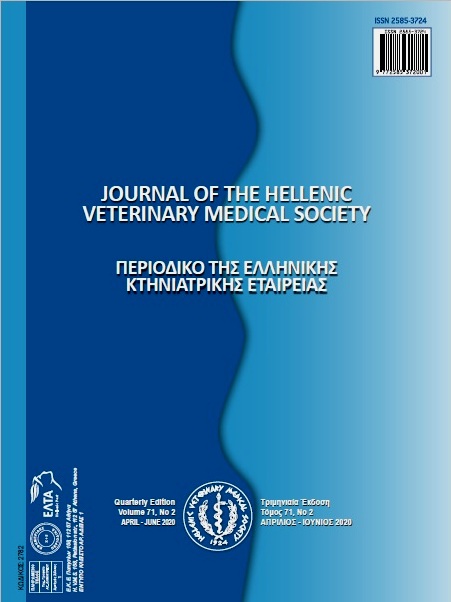Molecular profile of avian pathogenic Escherichia coli (APEC) from poultry associated with colibacillosis in Algeria

Abstract
The objective of the present study was the detection of virulence-associated genes of E. coli isolated from chicken with colibacillosis. Seventeen (17) APEC isolates were examined by two panels of PCRs for the presence of 11 genes described for avian pathogenic (hlyF, iroN, iss, ompT, iutA and fimC) and diarrheagenic (eae, stx, est, elt, ipaH and aggR) E. coli. Results revealed that none of the APEC isolates harbored the genes eae, stx, est, elt, ipaH and aggR. In another hand, 88.2% of the isolates were positive for 3 or more of the virulence genes hlyF, iroN, iss, ompT, iutA and fimC. Also, 35.3% of the isolates harbored all the six genes. Genes fimC (88.2%), iss (82.3%) and ompT (76.5%) were the most prevalent while genes hylF, iutA and iroN which were present with the same frequency (52.9%) were mostly associated with highly pathogenic strains.
Article Details
- How to Cite
-
LOUNIS, M., ZHAO, G., LI, Y., GAO, Y., WANG, J., OUMOUNA, M., & OUMOUNA, K. (2020). Molecular profile of avian pathogenic Escherichia coli (APEC) from poultry associated with colibacillosis in Algeria. Journal of the Hellenic Veterinary Medical Society, 71(2), 2113–2120. https://doi.org/10.12681/jhvms.23666
- Issue
- Vol. 71 No. 2 (2020)
- Section
- Research Articles

This work is licensed under a Creative Commons Attribution-NonCommercial 4.0 International License.
Authors who publish with this journal agree to the following terms:
· Authors retain copyright and grant the journal right of first publication with the work simultaneously licensed under a Creative Commons Attribution Non-Commercial License that allows others to share the work with an acknowledgement of the work's authorship and initial publication in this journal.
· Authors are able to enter into separate, additional contractual arrangements for the non-exclusive distribution of the journal's published version of the work (e.g. post it to an institutional repository or publish it in a book), with an acknowledgement of its initial publication in this journal.
· Authors are permitted and encouraged to post their work online (preferably in institutional repositories or on their website) prior to and during the submission process, as it can lead to productive exchanges, as well as earlier and greater citation of published work.


